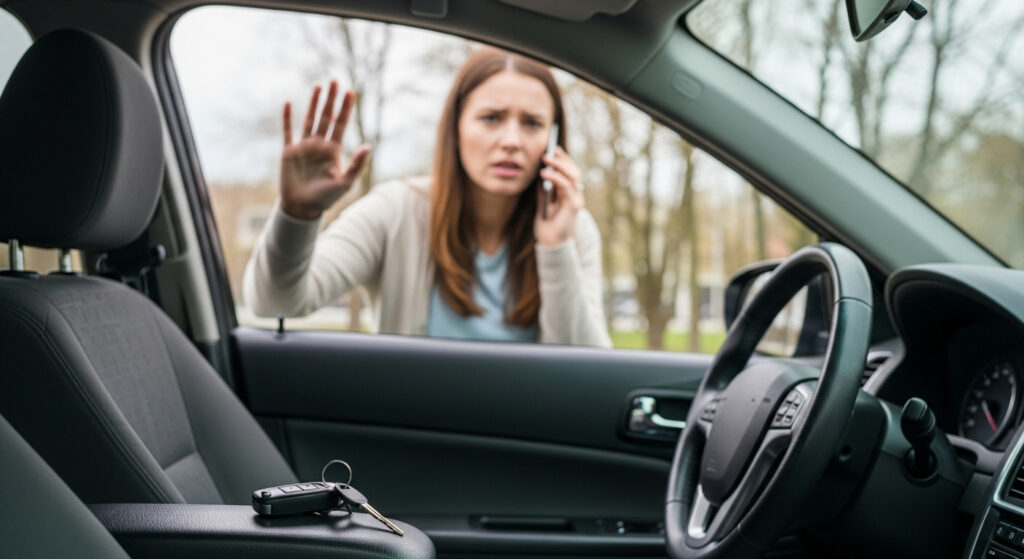Protect your valuables and important documents by selecting the right safe for your specific security needs. This guide explains ratings, features, and expert tips so you can choose confidently—and keep what matters most secure.
Why a Home Safe Matters
A home safe is one of the most effective ways to secure treasured items—passports, legal documents, cash, jewelry, and family heirlooms. While modern safes offer a wide range of protection, the “best” safe depends on your goals, budget, and the risks you want to mitigate. With so many models on the market, understanding ratings, construction, and installation options will help you make a smart, long-lasting choice.
Benefits of Installing a Home Safe
- Theft Protection: Deters unauthorized access with reinforced steel, pry resistance, and secure locking.
- Fire Safety: Fire-rated models help protect paper, cash, and media during high-temperature events.
- Water Resistance: Safeguards contents from floods, burst pipes, and suppression efforts.
- Organization: Keeps passports, wills, titles, and valuables in one reliable location.
- Peace of Mind: Knowing essentials are secure reduces stress day-to-day and during travel.
Key Factors to Consider Before You Buy
- 1) Size & Capacity: List what you’ll store now and what you might store later. Measure binders, folders, jewelry boxes, and devices. Ensure the safe fits your chosen location and that the door has swing clearance.
- 2) Fire Rating: Look for a minimum of 30 minutes at 1200°F; 60–120 minutes is recommended for vital paper documents, cash, or media. Ratings are often verified by UL or ETL.
- 3) Locking Mechanism: Choose mechanical combination, electronic keypad, biometric fingerprint, or key lock based on your speed, reliability, and maintenance preferences.
- 4) Burglary Rating: Higher burglary ratings indicate thicker steel, stronger bolts, and better pry resistance. Look for UL-listed burglary classifications when possible.
- 5) Water Resistance: In flood-prone areas or homes with basements, select models tested for water ingress at specific depths/durations.
- 6) Placement & Mounting: Decide on wall-mounted, floor-anchored, or free-standing. Whenever possible, bolt the safe to studs or concrete to prevent removal.
Common Types of Home Safes
- Fireproof Safes: Prioritize heat protection for paper and small valuables; check the duration and temperature rating.
- Burglar-Resistant Safes: Reinforced steel bodies and locking bolts to resist forced entry.
- Waterproof Safes: Seal designs to keep contents dry during floods or leaks.
- Wall Safes: Installed between studs; discreet behind art or furniture. Best for convenience and concealment.
- Floor Safes: Set into concrete for excellent concealment and strong anchoring.
- Portable Safes: Lightweight options for travel or temporary storage; prioritize carry handles and compact size.
Locking Mechanism Options
- Mechanical Combination: Proven, low maintenance, no batteries. Slower to open and requires precise dialing.
- Electronic Keypad: Fast access with changeable codes; replace batteries on schedule for reliability.
- Biometric (Fingerprint): Rapid, keyless entry for approved users; maintain clean sensors and backup access.
- Keyed Locks: Simple, but manage keys carefully to avoid loss or duplication risks.
Expert Locksmith Tips
- Choose models with recognized third-party ratings (e.g., UL) for fire/burglary performance.
- Think long-term: buy slightly larger than you need today to avoid outgrowing it.
- Heavier, anchored safes are harder to remove and generally offer better security.
- Have your safe professionally installed and bolted to studs or concrete.
- Consider dual protection: a safe that’s both fire-rated and burglary-resistant.
Maintaining Your Safe
Even the best safe needs periodic care. Test the lock and handle action monthly, keep hinges clean, and follow the manufacturer’s schedule for electronic lock battery replacement. Store manuals and backup keys in a separate, secure place. If you suspect tampering or notice unusual resistance, contact a locksmith promptly to inspect and service the lockwork.
Best Places to Install a Home Safe
- Avoid obvious spots: Master bedroom closets are common targets.
- Prioritize anchoring: Floor or wall anchoring significantly improves theft resistance.
- Conceal wisely: Wall safes behind art, floor safes under rugs, or cabinets with false backs add privacy.
- Balance access & discretion: Choose a location you’ll use routinely, not so hidden you avoid it.
Investing in a quality safe is a practical step toward protecting valuables, documents, and your peace of mind. Evaluate size, fire and burglary ratings, lock type, and installation method to match your security priorities today—and in the future. Remember: a safe works best as part of a layered strategy that also includes strong door hardware, alarms, lighting, and cameras.
If you’re unsure which model is right for you, our locksmith team in Arnold, MD can assess your needs, recommend the ideal safe, and perform a clean, secure installation.

